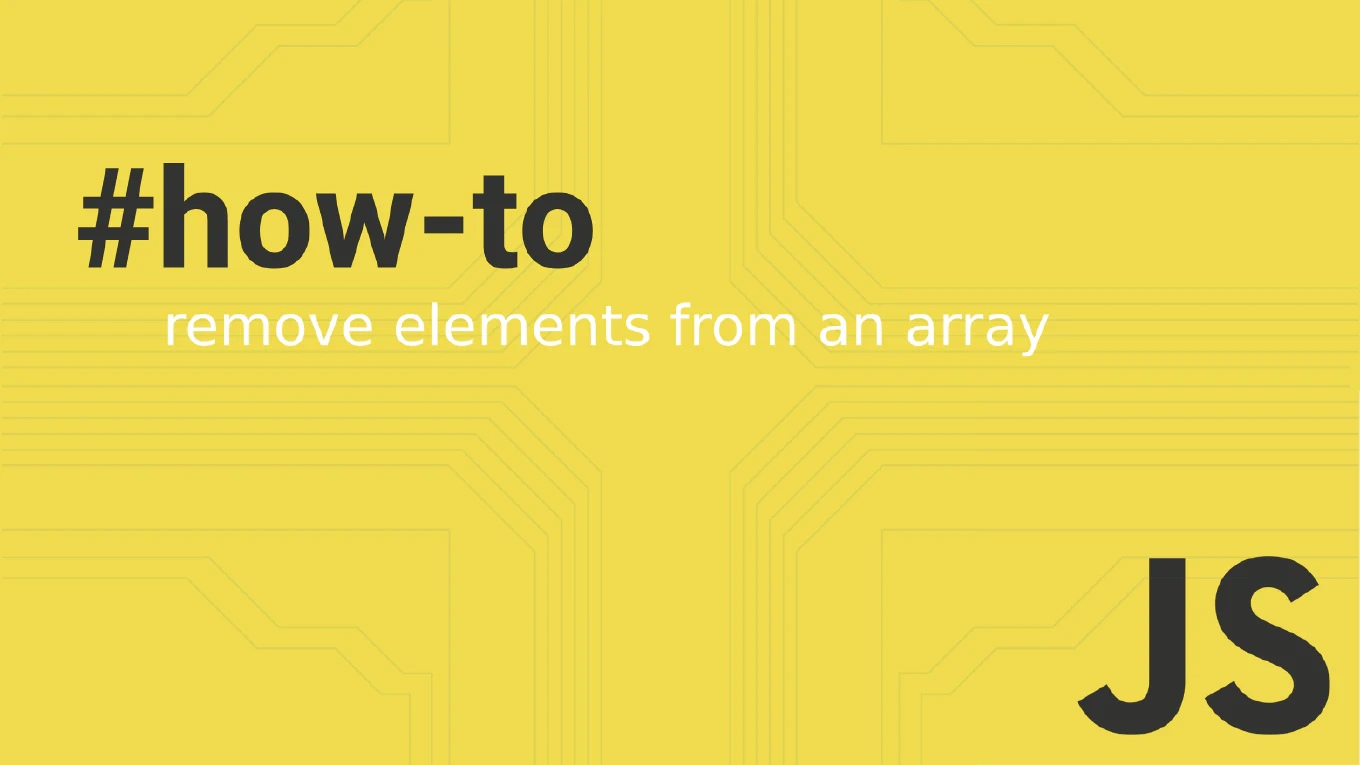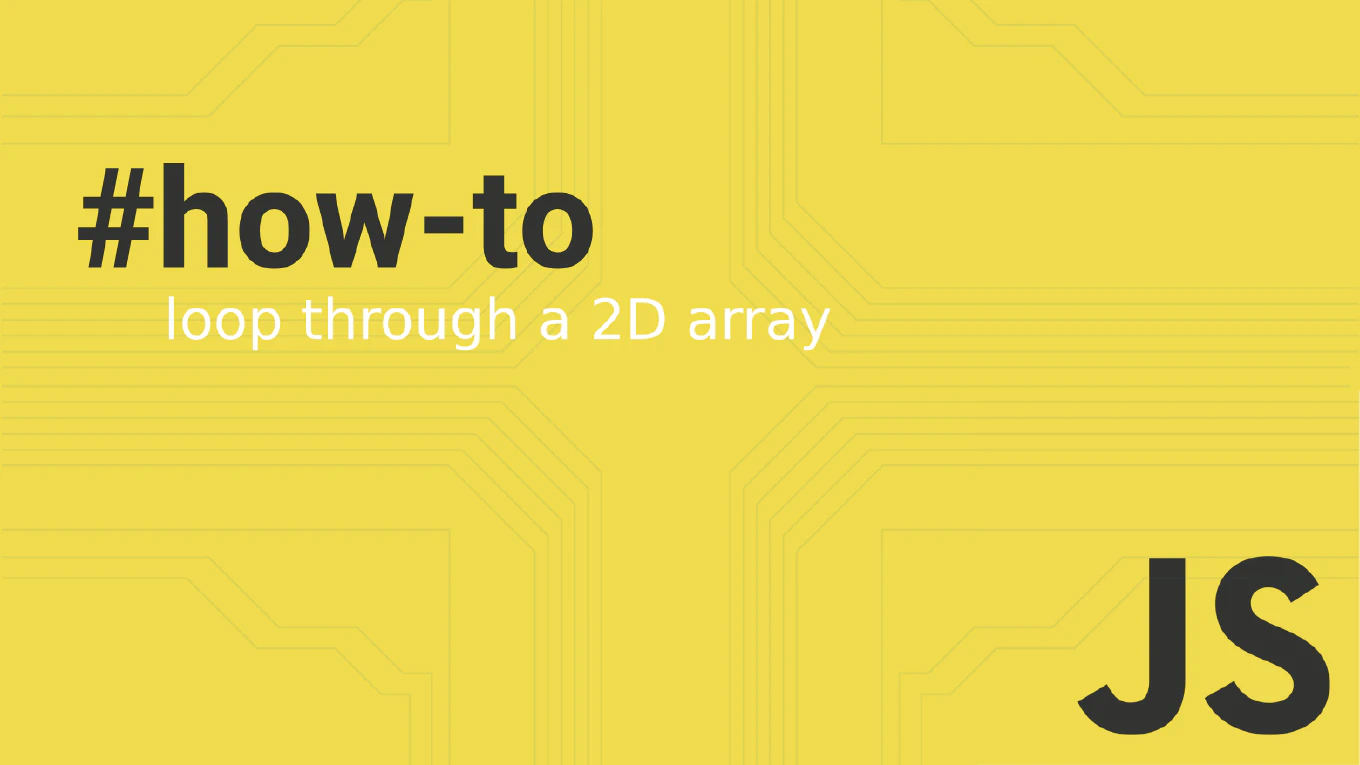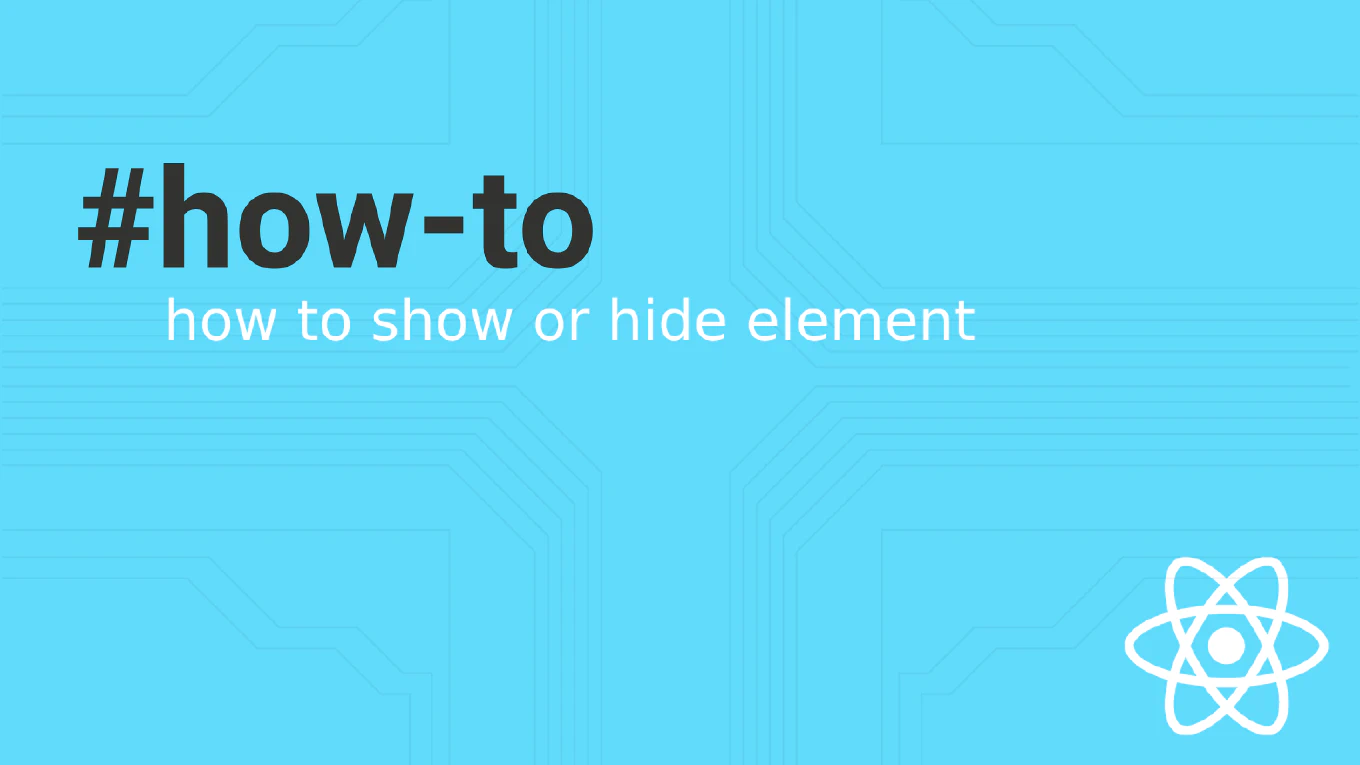How to enable source maps in Angular
Enabling source maps allows you to debug production Angular applications by mapping minified code back to the original TypeScript source. As the creator of CoreUI with over 11 years of Angular development experience since 2014, I’ve debugged countless production issues using source maps. The most effective solution is to configure source maps in angular.json for different build configurations. This approach enables debugging without exposing unminified code to end users.
How to configure Git credentials
Configuring Git credentials properly prevents repetitive authentication prompts and securely manages access to remote repositories. As the creator of CoreUI with over 25 years of development experience, I’ve configured Git authentication across countless development environments. The most effective solution is to use Git credential helpers that securely store credentials in your system’s keychain or credential manager. This approach balances convenience with security by leveraging OS-native credential storage.
How to configure Git line endings
Configuring line endings properly prevents issues when collaborating across Windows, macOS, and Linux platforms in Git repositories.
As the creator of CoreUI with over 25 years of development experience, I’ve managed cross-platform teams and repositories for decades.
The most effective solution is to configure core.autocrlf and use a .gitattributes file to normalize line endings.
This approach ensures consistent line endings regardless of the operating system developers use.
How to configure Angular environment variables
Managing environment-specific configuration is essential for Angular applications deployed across development, staging, and production environments. As the creator of CoreUI with over 11 years of Angular development experience since 2014, I’ve configured countless enterprise applications for multiple environments. The most effective solution is to use Angular’s environment files to store configuration variables that change between environments. This approach keeps sensitive data out of your codebase and makes deployment straightforward.
How to configure Git diff tool
Using a visual diff tool makes reviewing code changes much easier by providing side-by-side comparison with syntax highlighting.
As the creator of CoreUI with over 25 years of development experience, I’ve reviewed countless code changes using visual diff tools.
The most effective solution is to configure Git to use your preferred diff tool using git config diff.tool.
This setup enhances code review efficiency and helps catch subtle changes that might be missed in terminal output.
How to configure Git merge tool
Setting up a visual merge tool makes resolving Git conflicts significantly easier by providing a clear three-way comparison interface.
As the creator of CoreUI with over 25 years of development experience, I’ve resolved countless merge conflicts across numerous projects.
The most effective solution is to configure Git to use your preferred visual merge tool using git config merge.tool.
This setup streamlines conflict resolution and reduces errors during merges.
How to configure Git editor
Setting your preferred text editor for Git operations like writing commit messages and interactive rebases improves your development workflow significantly.
As the creator of CoreUI with over 25 years of development experience, I’ve configured Git across hundreds of different development environments.
The most straightforward solution is to use the git config core.editor command to set your editor of choice globally or per repository.
This ensures Git always opens your preferred editor for interactive operations.
How to configure Git aliases
Configuring Git aliases creates custom shortcuts for frequently used Git commands, significantly improving developer productivity and reducing typing overhead in daily workflows.
As the creator of CoreUI with 25 years of development experience since 2000, I’ve configured Git aliases in countless development environments to streamline version control operations and team collaboration.
The most effective approach involves creating aliases for common Git operations using the git config command with both simple shortcuts and complex multi-step operations.
This method provides personalized workflow optimization while maintaining consistency across different development environments and team members.
How to create a global .gitignore file
Creating a global .gitignore file allows you to ignore files across all Git repositories on your system, providing consistent file exclusion without duplicating patterns in every project. As the creator of CoreUI with 25 years of development experience since 2000, I’ve configured global .gitignore files on development machines to automatically exclude OS-specific files, editor configurations, and personal tools across all projects. The most efficient approach involves creating a global ignore file and configuring Git to use it system-wide through the core.excludesfile setting. This method ensures consistent ignore behavior across all repositories while reducing project-specific .gitignore maintenance overhead.
How to define routes in Vue Router
Defining routes in Vue Router establishes the navigation structure and component mapping for single-page applications with flexible configuration options. As the creator of CoreUI with extensive Vue.js development experience, I’ve implemented complex routing systems in enterprise applications and component libraries. From my expertise, the most effective approach is configuring route objects with path patterns, component mappings, and metadata for comprehensive navigation control. This pattern provides the foundation for all Vue Router functionality including nested routes, dynamic segments, and route guards.



